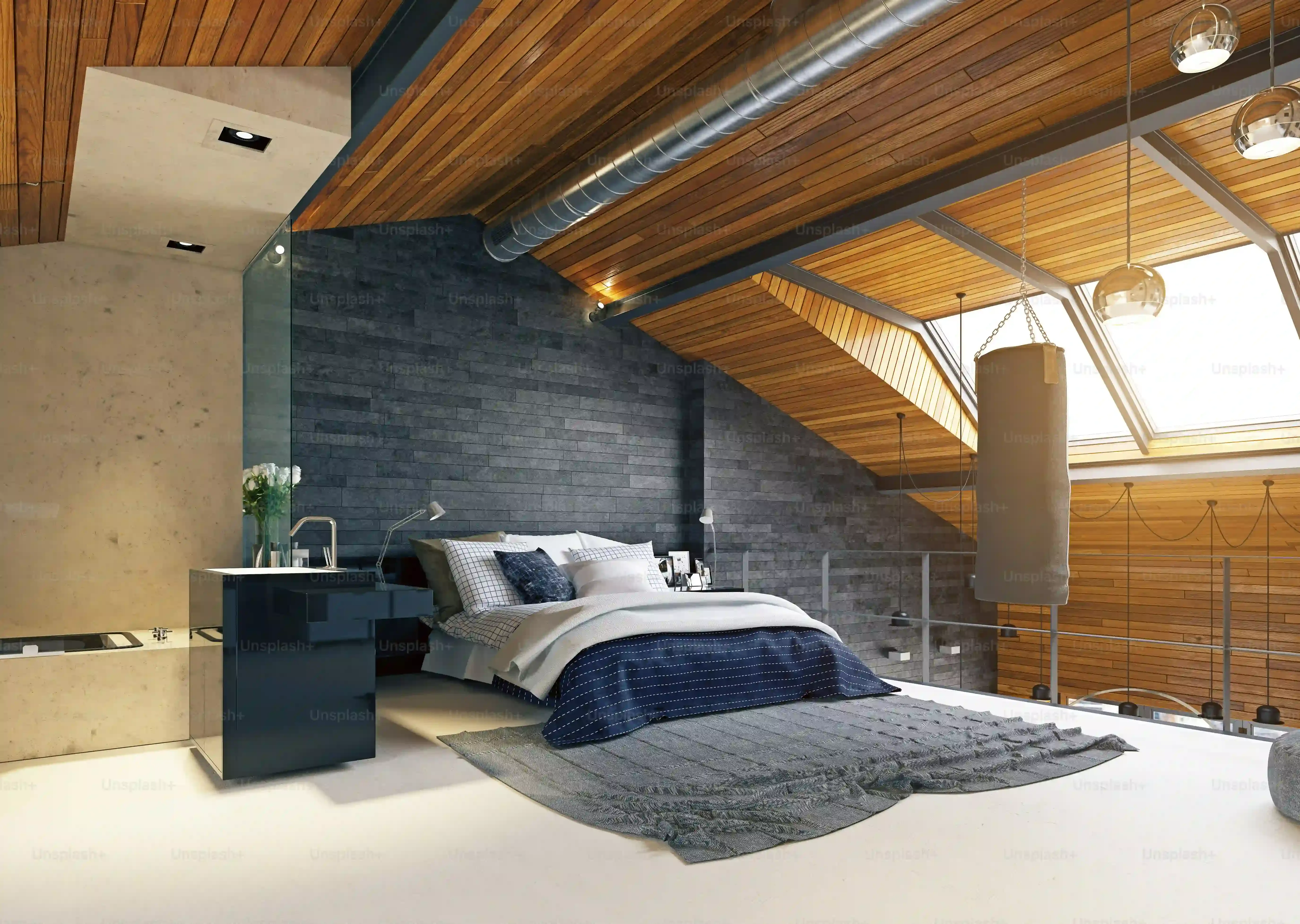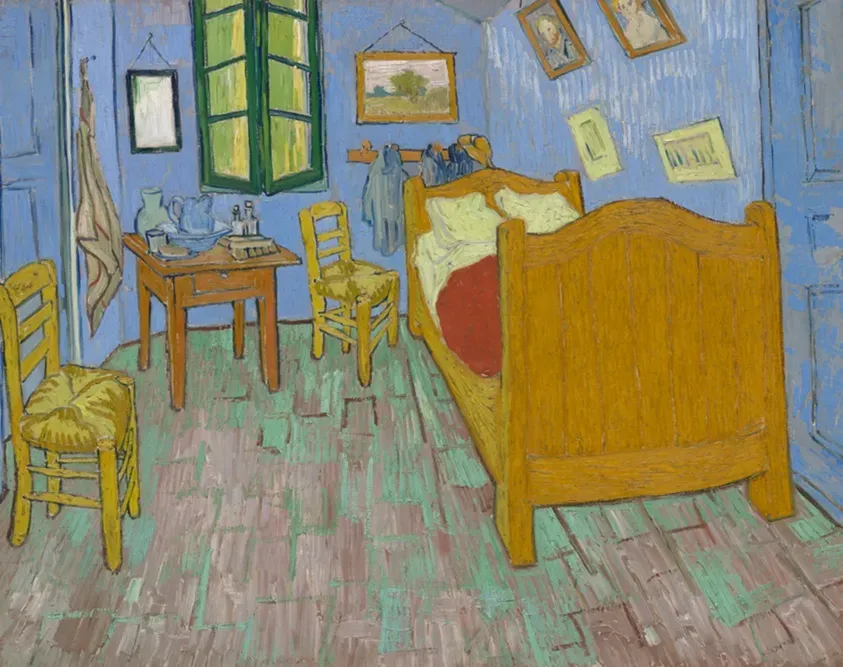Table of Contents
Maybe you've seen a picture online, or perhaps you inherited a sturdy dresser. Suddenly, the idea of dark bedroom furniture is stuck in your head. It looks sophisticated, maybe a little dramatic, definitely not like that beige stuff everyone else has. But then the questions start: Will it make the room feel small? How do you even style it so it doesn't look like a cave or your grandma's attic? And what about keeping it looking good? Dark finishes can show every smudge and dust bunny if you're not careful.
Why Choose Dark Bedroom Furniture?
Why Choose Dark Bedroom Furniture?
So, you're thinking about going dark with your bedroom setup? Smart move. Forget everything you think you know about dark bedroom furniture making a room feel like a coffin. That only happens if you mess it up, which we won't. Choosing dark pieces – be it a substantial espresso dresser, a sleek black platform bed, or deep cherry nightstands – immediately injects a level of sophistication and maturity that lighter woods or painted finishes often struggle to achieve. It provides a strong visual anchor in the room, grounding the space and allowing other design elements, like wall color, textiles, or art, to really pop. Plus, let's be honest, dark wood can hide a multitude of sins, like minor scuffs or that coffee ring you swear wasn't you. It's the furniture equivalent of a good black dress – classic, versatile, and inherently cool.
Styling Dark Bedroom Furniture: Lighting and Color
Styling Dark Bedroom Furniture: Lighting and Color
Brighten Up Your Dark Pieces with Smart Lighting
so you've committed to the dark side with your dark bedroom furniture. Now, how do you keep it from feeling like a dungeon? Lighting is your absolute best friend here. Relying on a single overhead light? Stop it. That's the fastest way to make dark furniture look flat and imposing. You need layers. Think bedside lamps with warm bulbs casting a soft glow, maybe a floor lamp in a neglected corner, and perhaps some accent lighting pointing at art or interesting textures.
Natural light is gold. Don't block your windows unless you're a vampire. Use sheer curtains or blinds that let light filter in during the day. At night, strategically placed lamps create pools of light that highlight the richness of the dark wood rather than letting it recede into the shadows. It’s about creating contrast and warmth, preventing the dark pieces from sucking all the life out of the room. Aim for a mix of ambient, task, and accent lighting to make the space feel inviting and functional.
Choosing Colors to Complement Dark Finishes
Now for colors. Pairing dark bedroom furniture doesn't mean you're stuck with stark white walls, though that can work for a high-contrast, modern look. But you have options. Soft grays, warm beiges, or even muted greens and blues can create a sophisticated backdrop that lets the dark wood stand out without feeling heavy. Consider the undertones of your furniture; is it a cool espresso, a warm cherry, or a neutral black? This helps guide your color choices.
Don't be afraid to use color in your accessories and textiles. Bright throw pillows, a colorful rug, vibrant artwork, or patterned bedding can inject personality and break up the visual weight of the dark furniture. These pops of color provide visual interest and keep the room from feeling monotonous. Think of the dark pieces as a strong foundation, allowing you to play more freely with other hues in the room.
Colors That Play Well with Dark Bedroom Furniture:
- Crisp White (High contrast, modern)
- Soft Gray (Sophisticated, neutral)
- Warm Beige or Greige (Cozy, inviting)
- Muted Blues or Greens (Calming, natural feel)
- Mustard Yellow or Deep Teal (Bold accents)
Exploring Types of Dark Wood for Bedroom Furniture
Exploring Types of Dark Wood for Bedroom Furniture
Beyond Just "Dark": Understanding the Woods
so when you're looking at dark bedroom furniture, it's not always just naturally dark wood. Sometimes it's a lighter wood that's been stained a deep espresso, rich mahogany, or classic black. But there are woods that are naturally darker or have a deep tone that lends itself well to dark finishes. Think walnut, known for its beautiful grain and deep brown color, or mahogany, which has that classic reddish-brown hue that screams traditional luxury. Then you have ebony, the king of dark woods, almost black, but usually reserved for veneers or inlays because it's pricey and hard to work with. Particleboard or MDF with a dark laminate or veneer is also common, offering the look at a more accessible price point. Knowing what the furniture is actually made of gives you a better idea of its durability, weight, and how it will age.
Stain vs. Natural Tone: What's the Difference?
It's important to distinguish between furniture made from naturally dark wood and furniture made from lighter wood that's been stained a dark color. A piece made from solid walnut will have inherent variations in grain and tone that are part of its character. A dark stain on pine or rubberwood, while achieving a similar color, won't have the same depth or complex grain pattern. Stains can be uniform and opaque, sometimes masking the underlying wood quality. Neither is inherently "better," but they offer different aesthetics and price points. A stained piece might be more susceptible to showing scratches if the lighter wood beneath is exposed, while a naturally dark wood might simply show a lighter scratch within its own grain. It's worth asking or checking the description to know what you're actually getting.
Common Woods Used for Dark Furniture:
- Walnut (Naturally dark brown, strong grain)
- Mahogany (Reddish-brown, classic look)
- Cherry (Darkens over time, can be stained deep red/brown)
- Oak (Often stained dark, prominent grain)
- Maple (Takes dark stain well, smoother grain)
- Pine/Rubberwood (Often stained dark, more affordable)
- Ebony (Very dark, dense, often used as veneer/accent)
Mixing Other Pieces with Your Dark Bedroom Furniture Set
so you've got your core dark bedroom furniture pieces – the bed, maybe a dresser. Does everything else in the room need to match perfectly? Absolutely not. That's how you end up with a room that looks like it came straight off a showroom floor, and not in a good way. The trick to a room that feels lived-in and stylish is mixing it up. You can bring in lighter wood tones, like a natural oak nightstand next to a dark mahogany bed, or introduce painted pieces, perhaps a white or colored armchair. Metal accents – think a brass lamp, a black iron bed frame (if your primary pieces are wood), or silver hardware – add texture and contrast. Glass or mirrored elements can also lighten the visual load and add a touch of sparkle. It’s about creating balance; the dark pieces provide the weight and structure, while lighter or different materials add interest and prevent the room from feeling monotonous or overly heavy.
Maintaining Your Dark Bedroom Furniture's Appeal
Maintaining Your Dark Bedroom Furniture's Appeal
Dusting is Your Daily Workout
so you've got this gorgeous dark bedroom furniture, looking all sleek and sophisticated. The catch? Every single dust particle decides it wants to throw a party on those dark surfaces. Seriously, it's like they're magnetic. So, the first, most crucial thing you need to get used to is regular dusting. And I don't mean just swiping at it with a dry rag once a week. That just pushes the dust around and can actually scratch the finish over time, especially if the dust is gritty. Use a microfiber cloth – they trap dust like magic – and maybe a slightly damp one if it's really dusty, but make sure to dry it immediately. Think of it as a quick, daily ritual. Keeps the furniture looking sharp and prevents that hazy, neglected look.
Dealing with Spills and Keeping it Clean
Accidents happen. A spilled drink, a smudge of lotion, whatever. The key with dark bedroom furniture is to clean spills immediately. Don't let liquids sit, as they can leave water marks or damage the finish. Wipe it up gently with a soft, clean cloth. For general cleaning, avoid harsh chemicals or abrasive cleaners. A damp cloth followed by a dry one is usually sufficient for everyday grime. If you need a bit more cleaning power, a mild soap and water solution is okay, but use it sparingly and dry the surface thoroughly. For polishing, use a product specifically designed for the type of finish your furniture has (lacquer, varnish, etc.). Test it in an inconspicuous spot first. Over-polishing can actually build up residue, so follow the product instructions and don't overdo it.
Quick Care Tips for Dark Furniture:
- Dust daily or every few days with microfiber.
- Wipe spills immediately.
- Use coasters under drinks.
- Avoid direct sunlight exposure.
- Clean with a damp cloth and dry thoroughly.
- Use furniture polish sparingly, if needed.
- Lift, don't drag, items across the surface.
Making Dark Bedroom Furniture Work
So, you've navigated the world of dark bedroom furniture – from picking your shade of deep wood to figuring out how not to make your room feel like a cave. It's clear this isn't a passive choice; it demands attention to lighting, careful color pairing, understanding materials, and a commitment to upkeep. But the payoff? A space that feels grounded, perhaps a touch dramatic, and definitely not bland. It requires a bit more effort than just painting everything white and calling it a day, but if you're aiming for a room with presence and character, embracing the dark side might just be the right move. Just remember where you put that dusting cloth.
